Kenzo returns to Galerie Vivienne for Nigo’s A/W 2022 show debut
For his debut, A/W 2022 Kenzo show, the brand’s new creative director Nigo chose Paris’ Galerie Vivienne, the location of founder Kenzo Takada’s first boutique
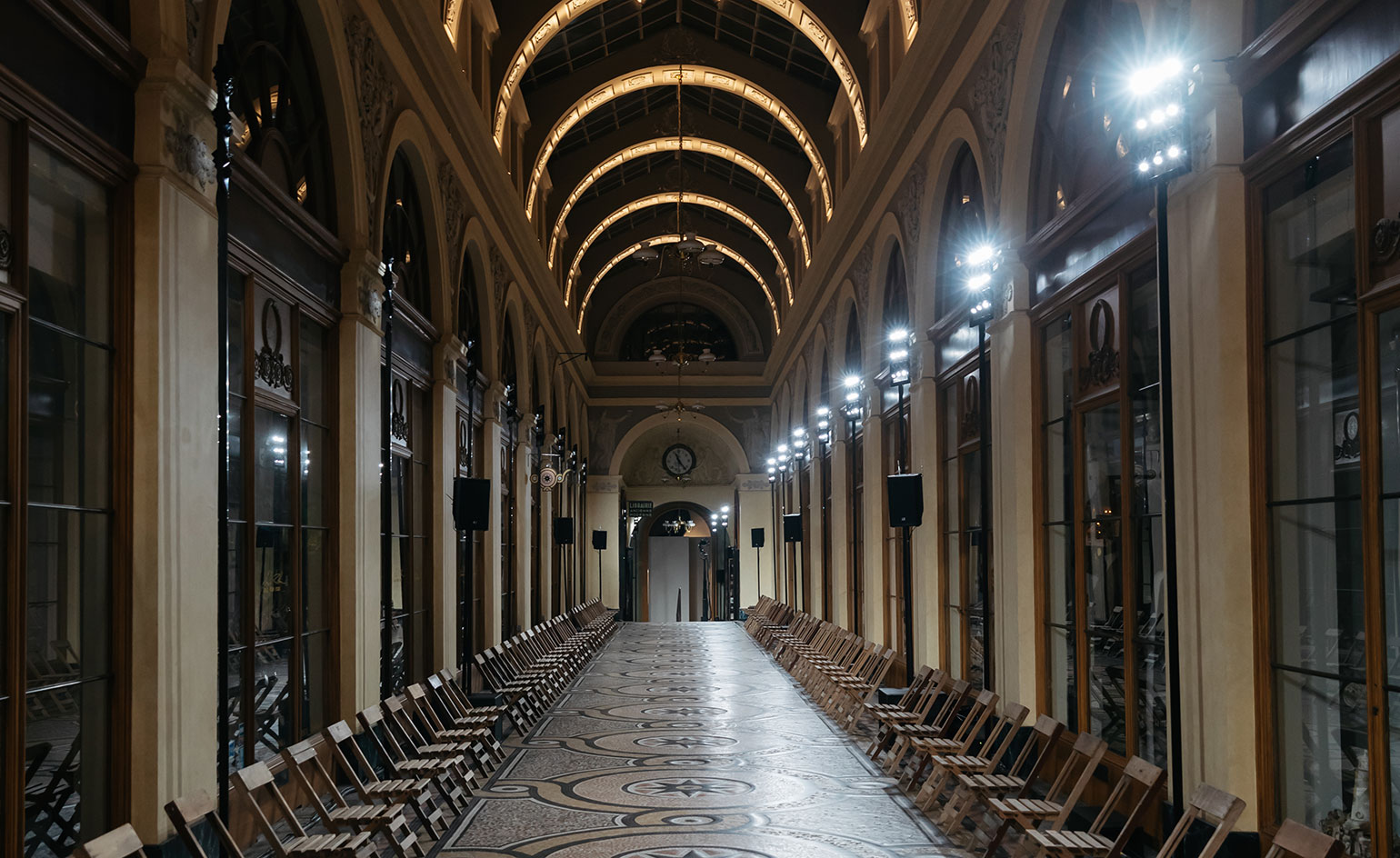
When Kenzo Takada opened his first boutique in Paris in 1970 – after moving from Japan to the French capital – he chose Galerie Vivienne, one of the city’s most iconic 19th-century covered arcades, as its location. The boutique ushered in a liberated, Eastern-inflected exuberance to the conservative echelons of French fashion – then more associated with gilded Place Vendôme salons – that was brimming with effusive floral prints, unrestrictive kimono shapes and a colour wheel of materials. A reflection of his love of nature, Takada named his first store Jungle Jap and painted its walls with scenes inspired by Henri Rousseau’s The Dream (1910). ‘The opening of the store brought a certain freedom and off-the-wall aesthetic,’ he explained in the 2019 monograph Kenzo Takada, published by ACC Books.
In 1970, Takada also staged his first fashion show inside his Galerie Vivienne boutique. Today, the brand’s new creative director Nigo – streetwear supremo, musician, founder of Tokyo-based A Bathing Ape and co-founder of Billionaire Boys Club, the first Japanese designer since Takada to take the brand’s creative helm, and a fellow graduate of Tokyo’s Bunka Fashion College – nodded to this history, staging his debut, A/W 2022 show for Kenzo inside Galerie Vivienne’s historic glass-and-steel enclosed enclaves.
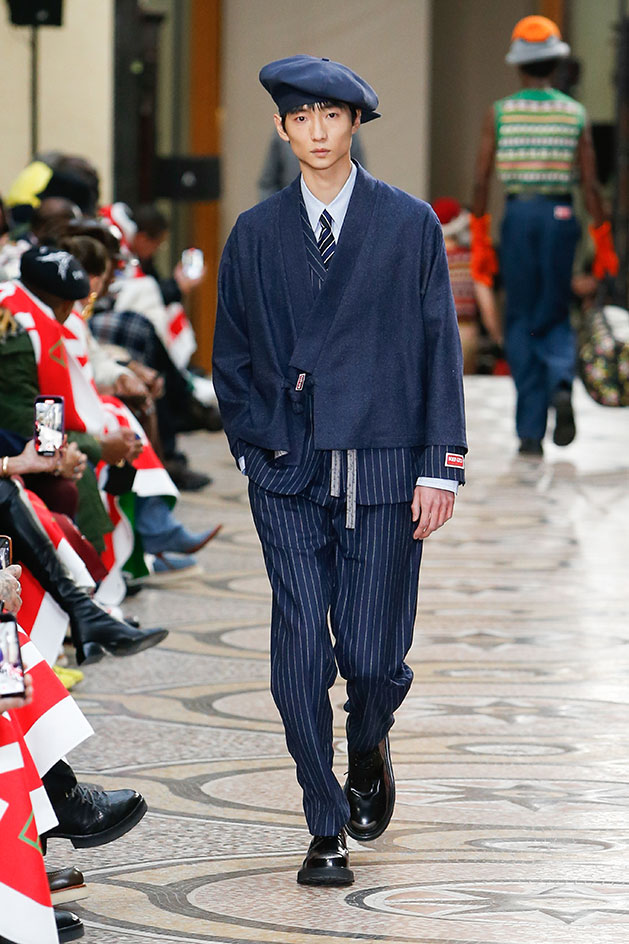
Here, focus was placed on the clothing, as guests – including Kanye West, fellow Billionaire Boys Club co-founder Pharrell Williams and Tyler, the Creator (who are both also featured on Nigo's upcoming album I Know Nigo) – sat on simple foldable wooden chairs that lined the Galerie Vivienne arcade. For A/W 2022, Nigo’s silhouettes, which were grounded in a ‘real-to-wear’ authentic wardrobe, harked back to the designer’s 1980s teenage years in Japan, which revelled in the revival of 1950s Americana, amplified by the country’s post-Second World War links with American culture. This translated into relaxed, insouciant looks that hybridised sportswear, workwear and suiting, riffed on traditional Japanese uniform and UK 1980s subcultural styles, and celebrated the motifs synonymous with the house, such as the tiger, and floral patterns, like blue and red pansies and colourful bouquets.
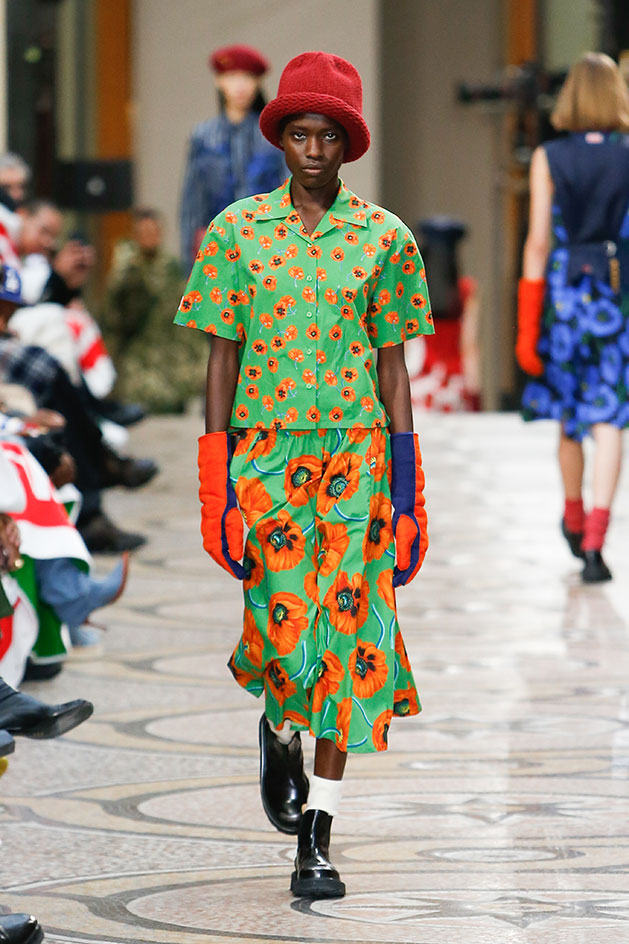
Think pinstripe suits layered with flat kimono-shape wool jackets inspired by the uniforms of Japanese potters, colourful American college knitted vests paired with high-waisted trousers and chunky lion’s head belts, pansy-print bowling shirts styled with full skirts, padded motocross gloves and chunky Chelsea boots, and dark or stonewash Japanese denim all-in-ones that resembled utilitarian overalls layered with shirts. Varsity jackets nodded to US youth dressing codes, which have long inspired Japanese style (and are always found in the city’s vintage shops), Prince of Wales check suits, Harris Tweed overcoats, parkas and striped scarves nodded to British Mod-style, while apron-like garments referenced the foldable silhouettes worn during traditional tea ceremonies. The concept of ‘impractical workwear' translated into desert boots and workwear embellished with floral prints. Hats were sported with almost every look, including berets, cycling casquettes and field caps.
Where Kenzo Takada forged his first pathway into French fashion, so Nigo – whose A/W 2022 Kenzo show was his catwalk first – traced out the future of the label. It’s bright, bold, decade-spanning, and rooted in reality.
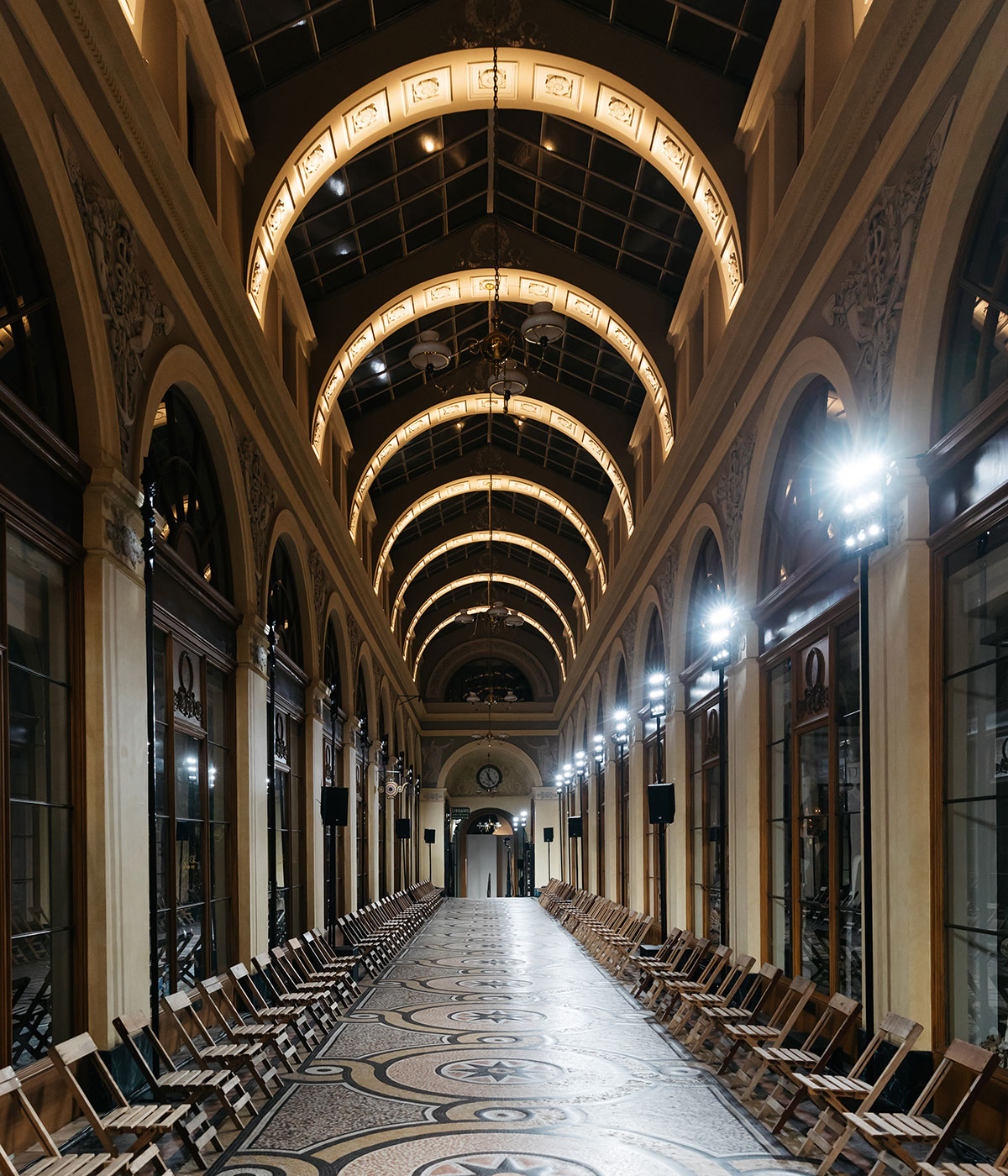
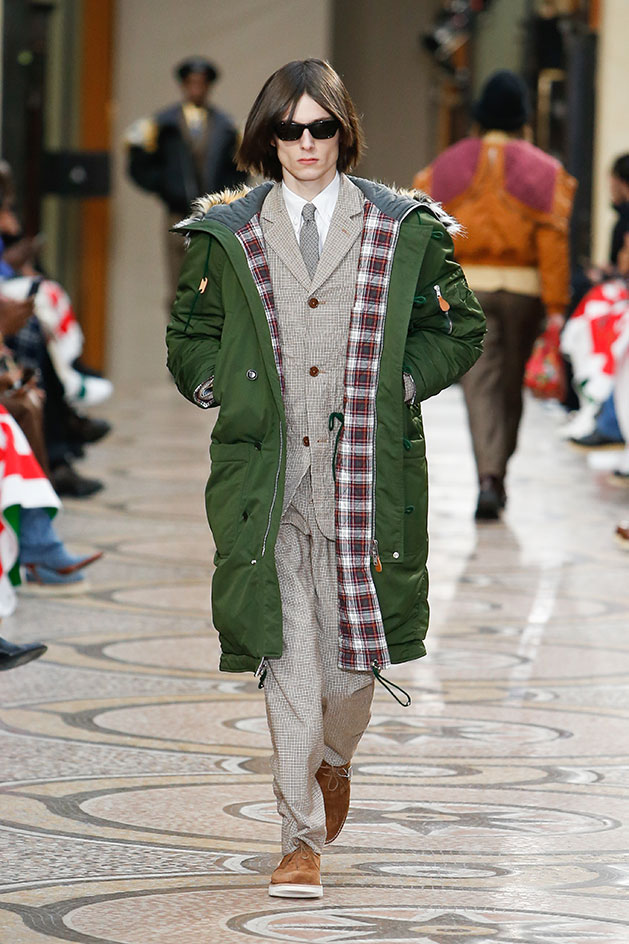
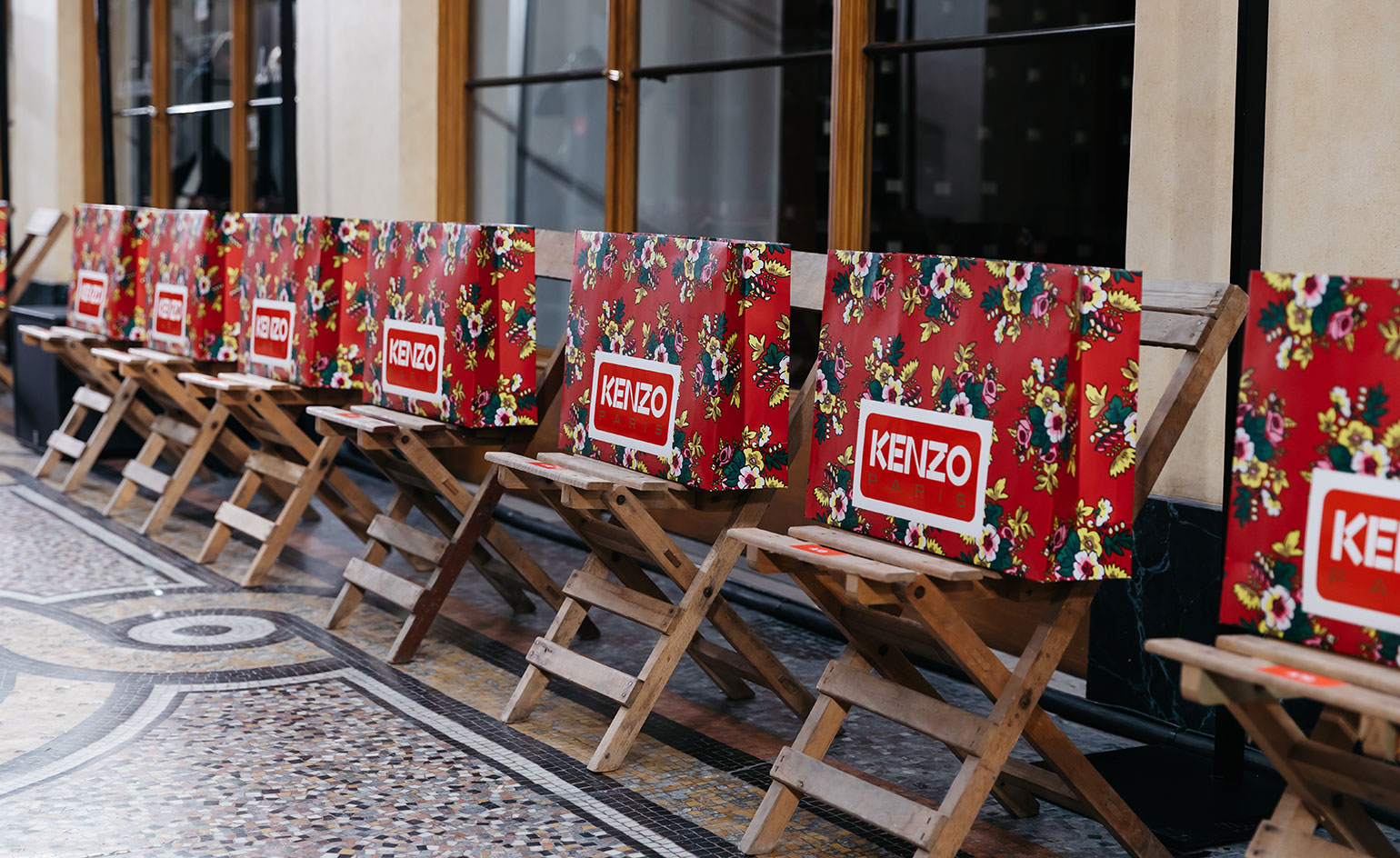
INFORMATION
Wallpaper* Newsletter
Receive our daily digest of inspiration, escapism and design stories from around the world direct to your inbox.
-
 Put these emerging artists on your radar
Put these emerging artists on your radarThis crop of six new talents is poised to shake up the art world. Get to know them now
By Tianna Williams
-
 Dining at Pyrá feels like a Mediterranean kiss on both cheeks
Dining at Pyrá feels like a Mediterranean kiss on both cheeksDesigned by House of Dré, this Lonsdale Road addition dishes up an enticing fusion of Greek and Spanish cooking
By Sofia de la Cruz
-
 Creased, crumpled: S/S 2025 menswear is about clothes that have ‘lived a life’
Creased, crumpled: S/S 2025 menswear is about clothes that have ‘lived a life’The S/S 2025 menswear collections see designers embrace the creased and the crumpled, conjuring a mood of laidback languor that ran through the season – captured here by photographer Steve Harnacke and stylist Nicola Neri for Wallpaper*
By Jack Moss
-
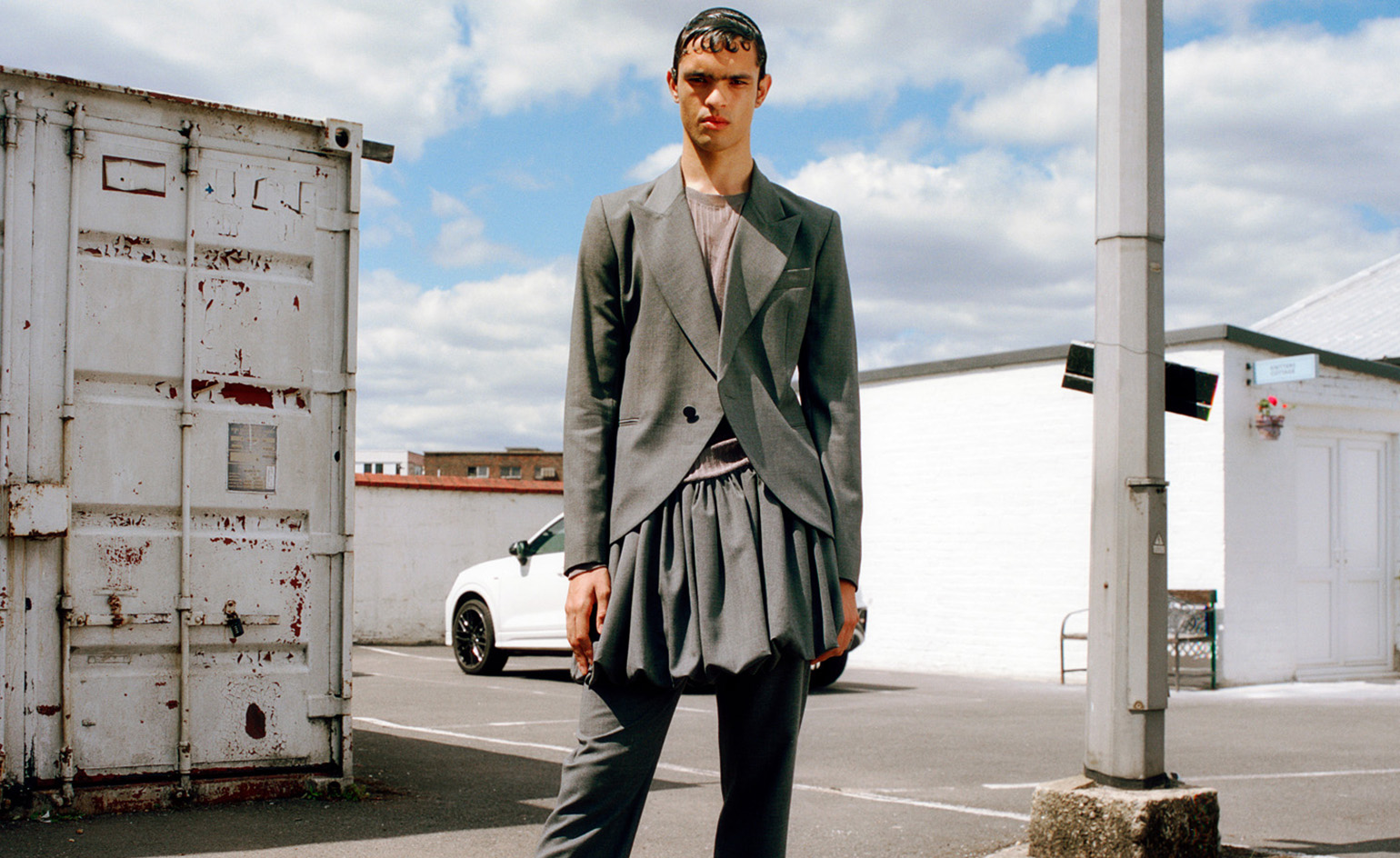 Aaron Esh on his subversive menswear, inspired by friends
Aaron Esh on his subversive menswear, inspired by friends‘It’s about taking something authentic, the people that I know, the clothes they wear,’ says Aaron Esh, the recent Central Saint Martins graduate making menswear inspired by his native east London
By Jack Moss
-
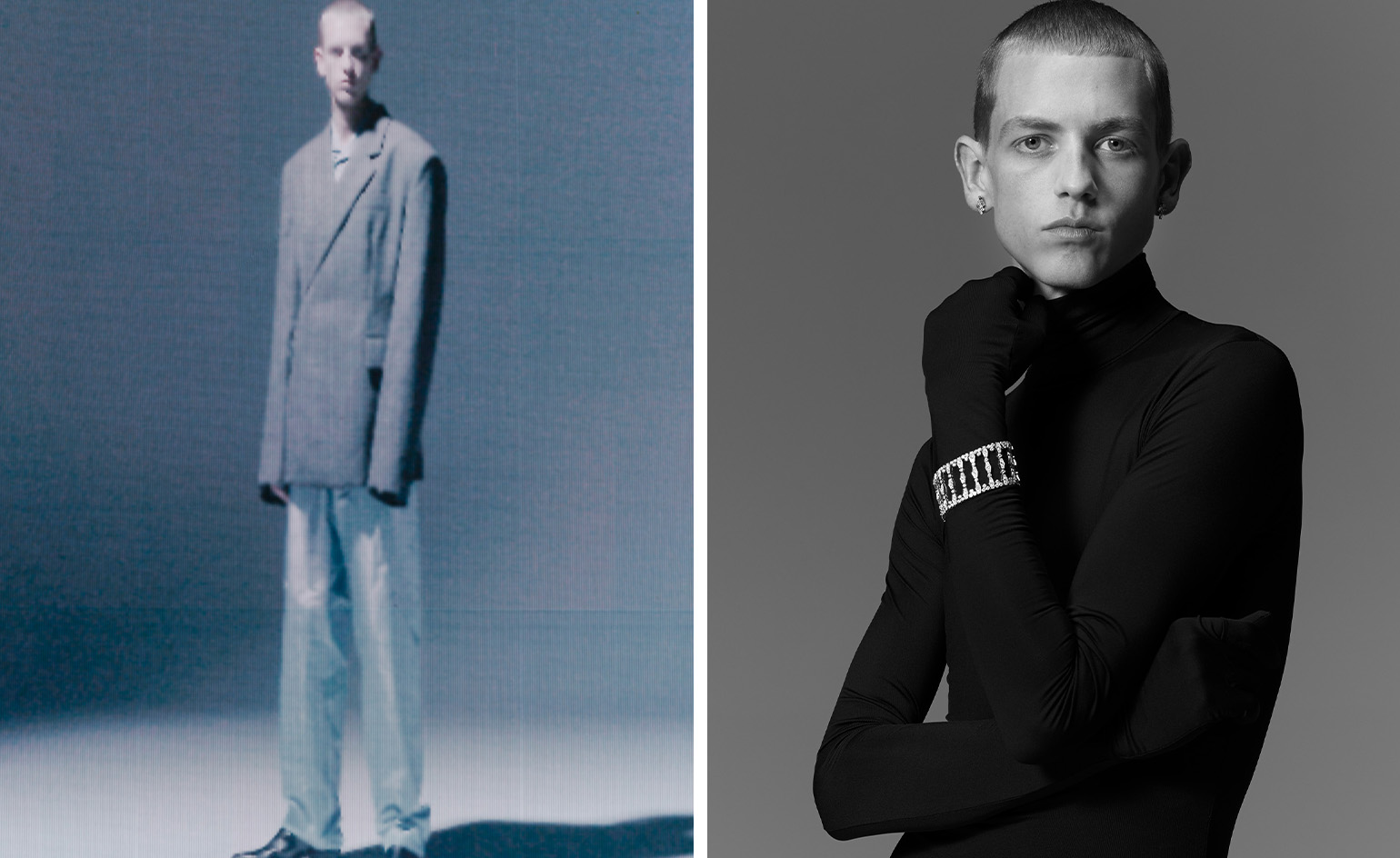 Sharp edge: A/W 2022 menswear, inspired by the underground
Sharp edge: A/W 2022 menswear, inspired by the undergroundPhotographed by George Harvey, an edit of menswear looks encapsulating this season’s nocturnal mood – from Balenciaga to Loewe
By Jack Moss
-
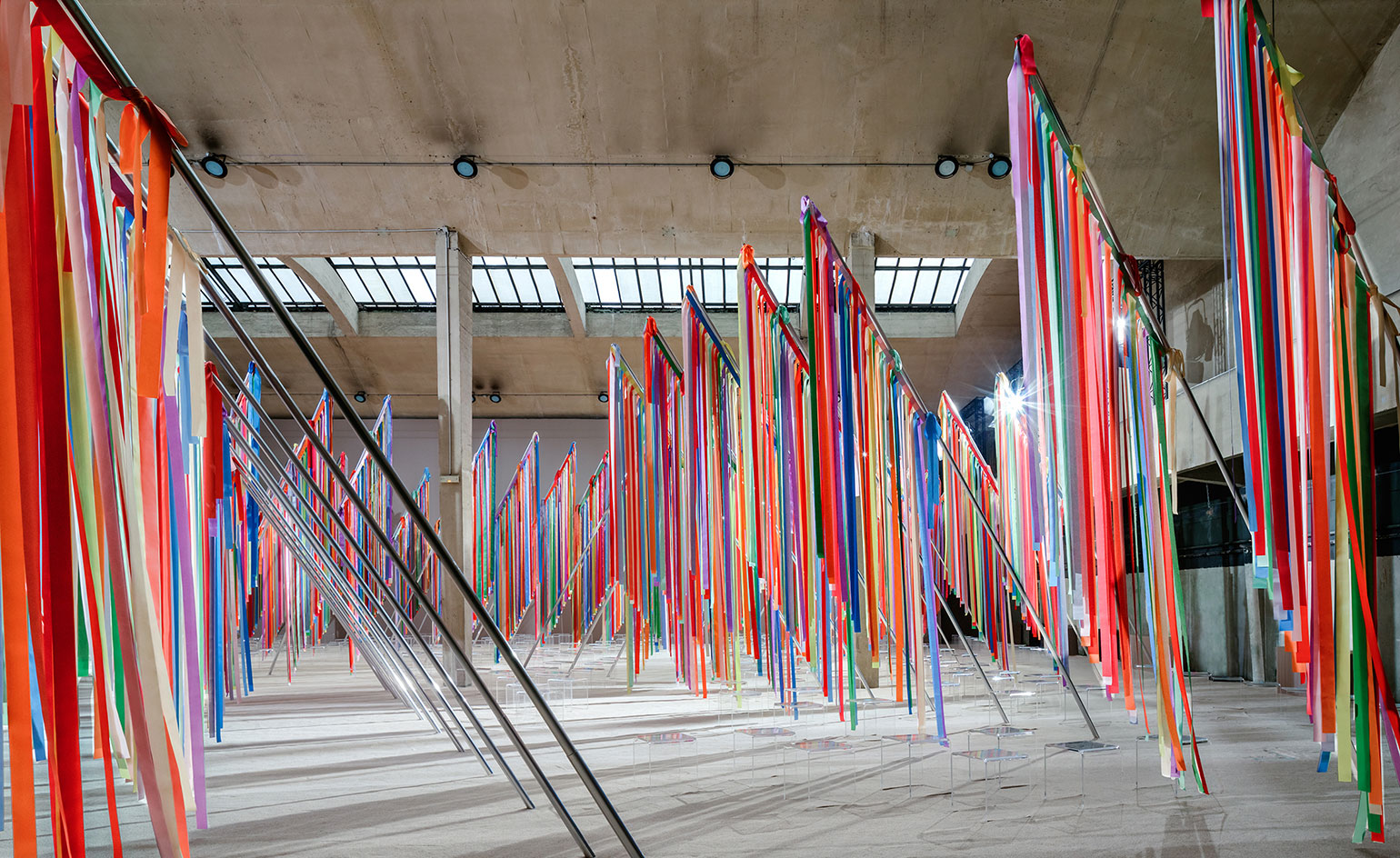 Scene-stealing runway sets from A/W 2022 menswear shows
Scene-stealing runway sets from A/W 2022 menswear showsA Kubrickian space odyssey at Prada; a recreation of the Pont Alexandre III in Paris at Dior; and colourful, artist-created flags at Loewe: explore the best runway sets from the A/W 2022 menswear shows
By Laura Hawkins
-
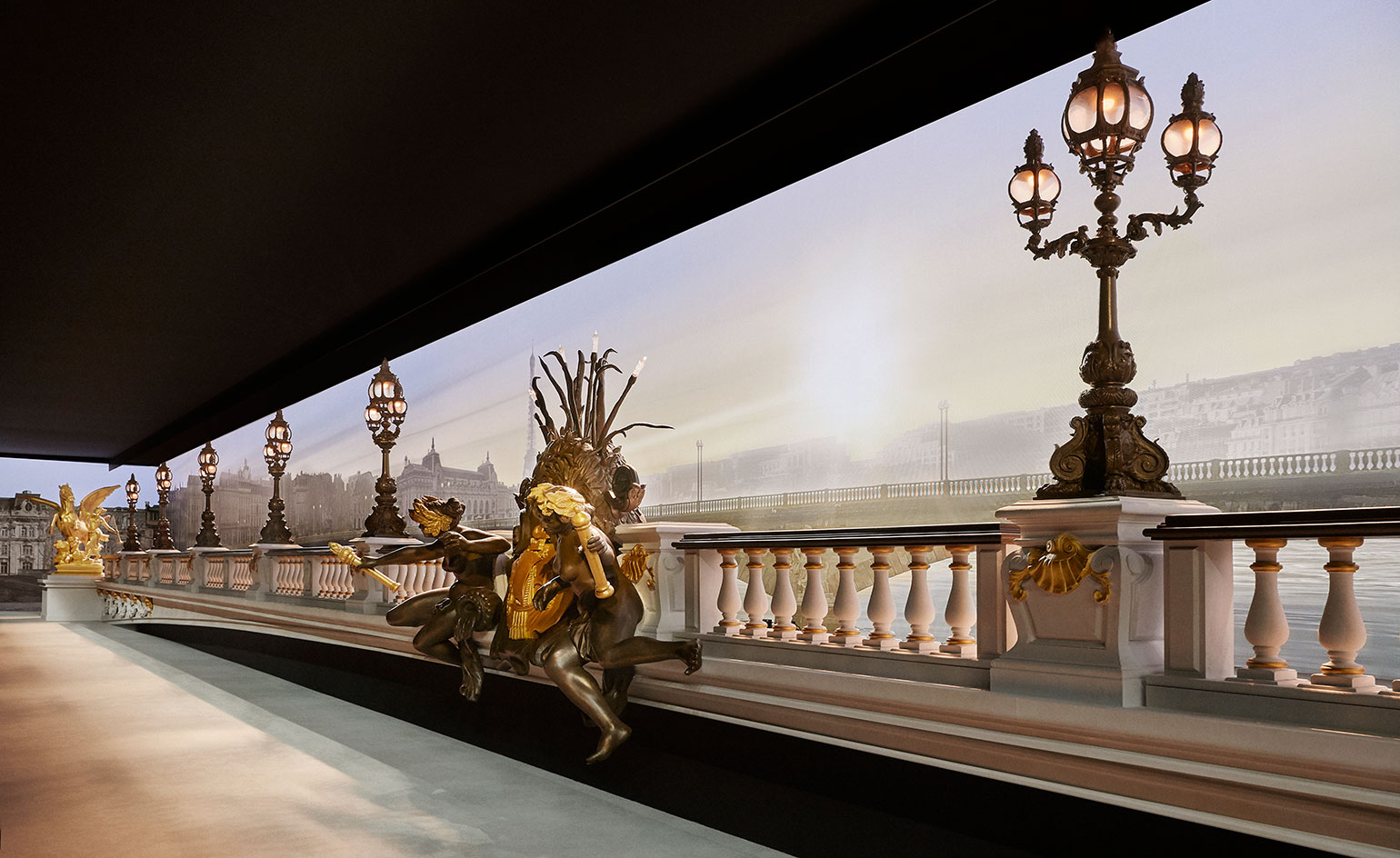 Dior recreates Paris bridge, Pont Alexandre III, for A/W 2022 show
Dior recreates Paris bridge, Pont Alexandre III, for A/W 2022 showDior recreated Paris’ landmark bridge, Pont Alexandre III, for its A/W 2022 menswear show, which took place on 21 January 2022, the date of Christian Dior’s birthday
By Laura Hawkins
-
 Milan Fashion Week men's A/W 2022: Prada to Fendi
Milan Fashion Week men's A/W 2022: Prada to FendiA Prada catwalk peppered with Hollywood stars; menswear's new erogenous zones and a modern take on classic silhouettes: all you need to know about Milan Fashion Week men's A/W 2022
By Laura Hawkins
-
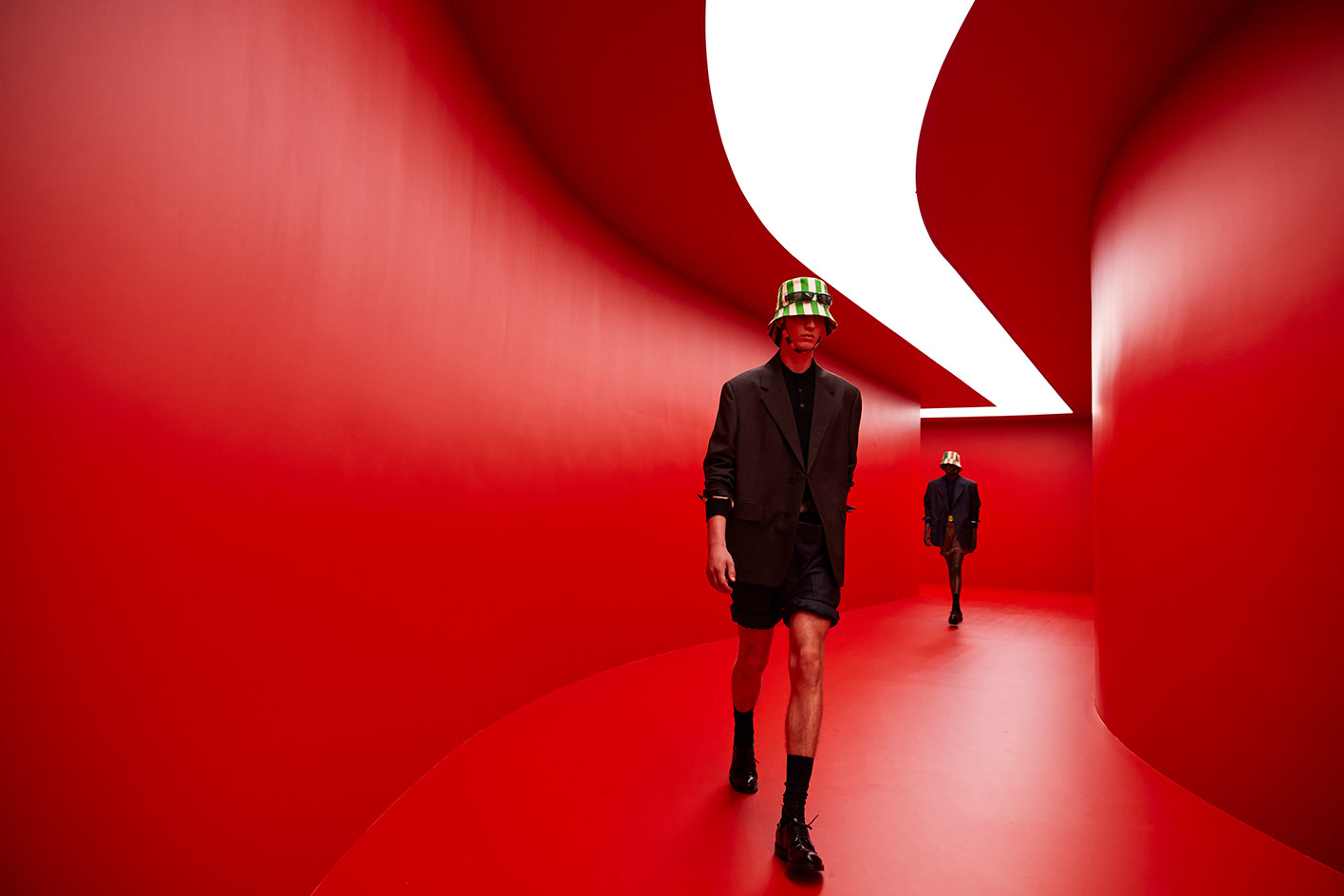 Men’s fashion week A/W 2022: all you need to know
Men’s fashion week A/W 2022: all you need to knowThe locations, the brands, the buzz: our expert guide to men’s fashion week A/W 2022
By Laura Hawkins
-
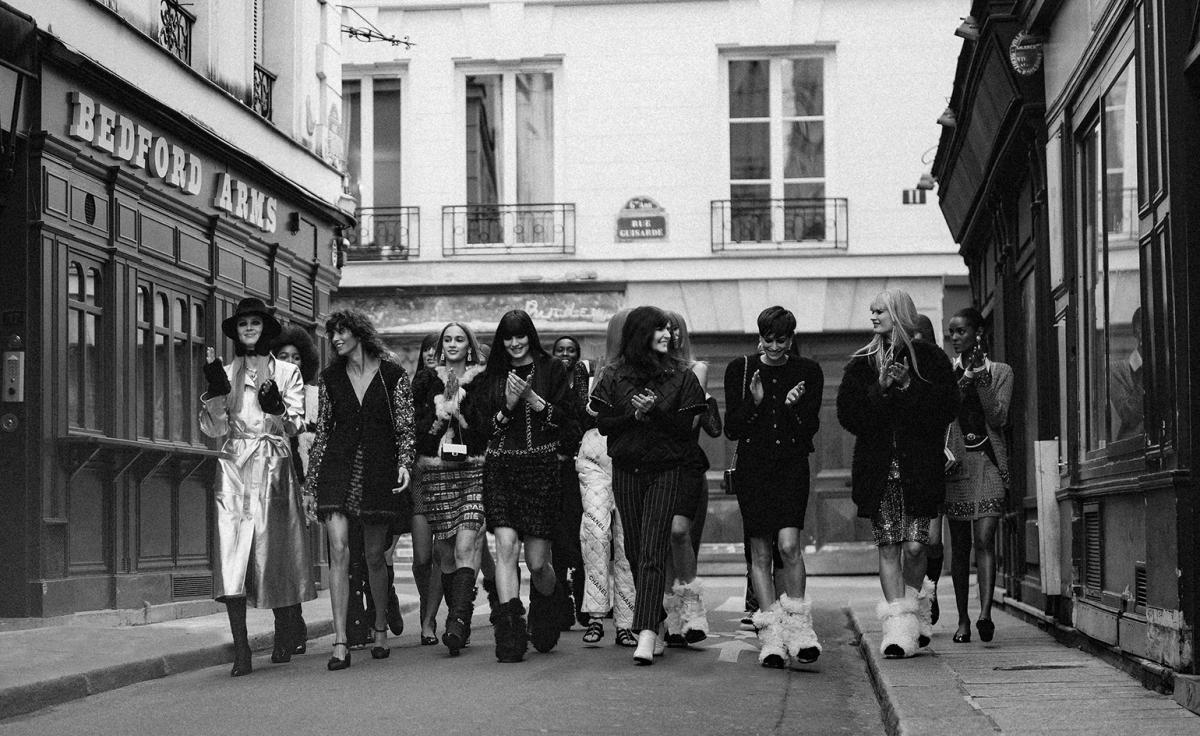 Paris Fashion Week S/S 2022: all you need to know
Paris Fashion Week S/S 2022: all you need to knowIt's the final day of Paris Fashion Week on Tuesday 5th October, which wraps up the whirlwind S/S 2022 show season. Here we present our expert guide to every fashion city, the brands and the buzz.
By Laura Hawkins
-
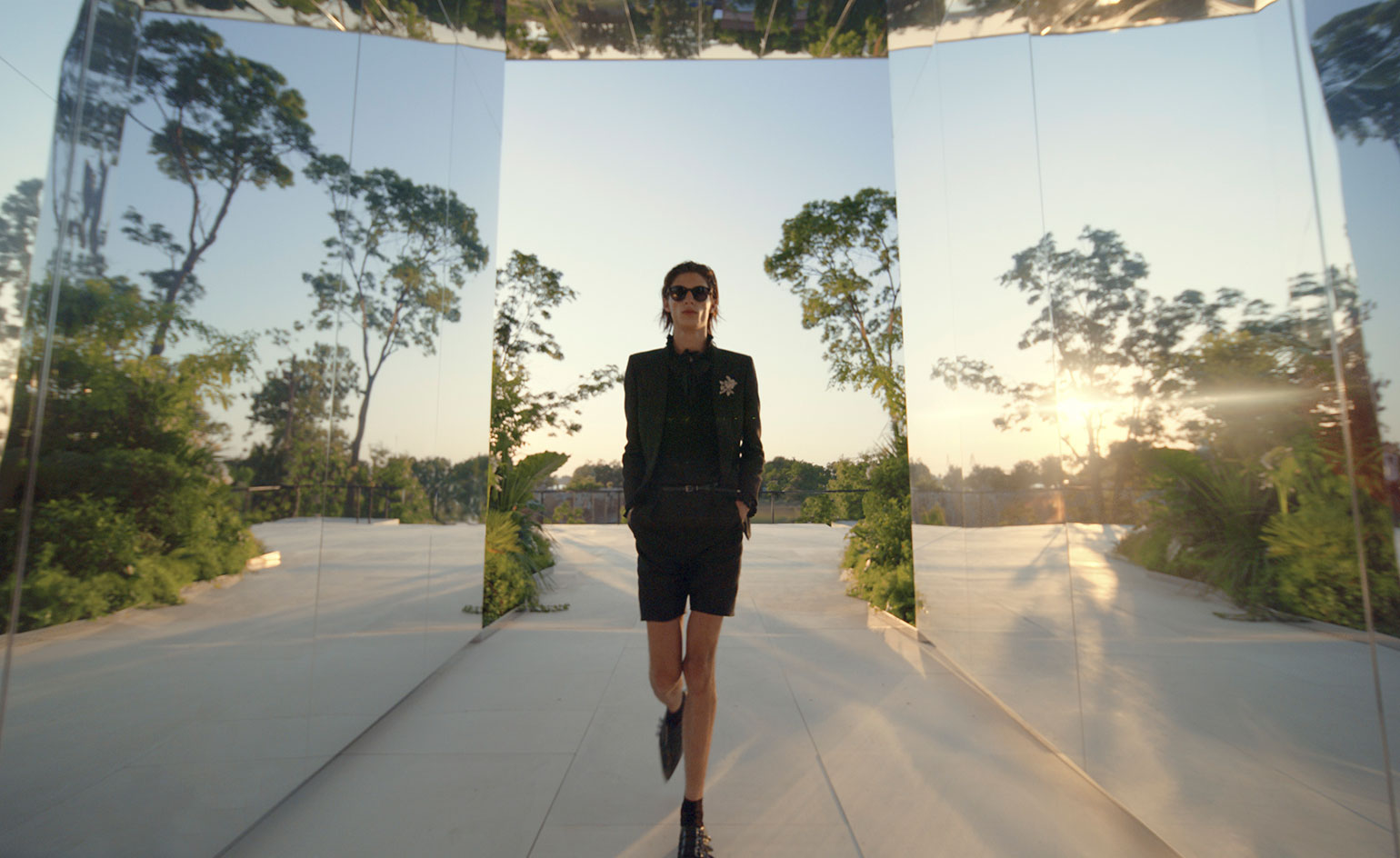 Doug Aitken creates reflective artwork for Saint Laurent in Venice
Doug Aitken creates reflective artwork for Saint Laurent in VeniceFor the Saint Laurent S/S 2022 show, the brand’s first physical catwalk presentation since the Covid-19 pandemic began, American artist Doug Aitken created the living artwork Green Lens, on Venice's Isola della Certosa
By Laura Hawkins